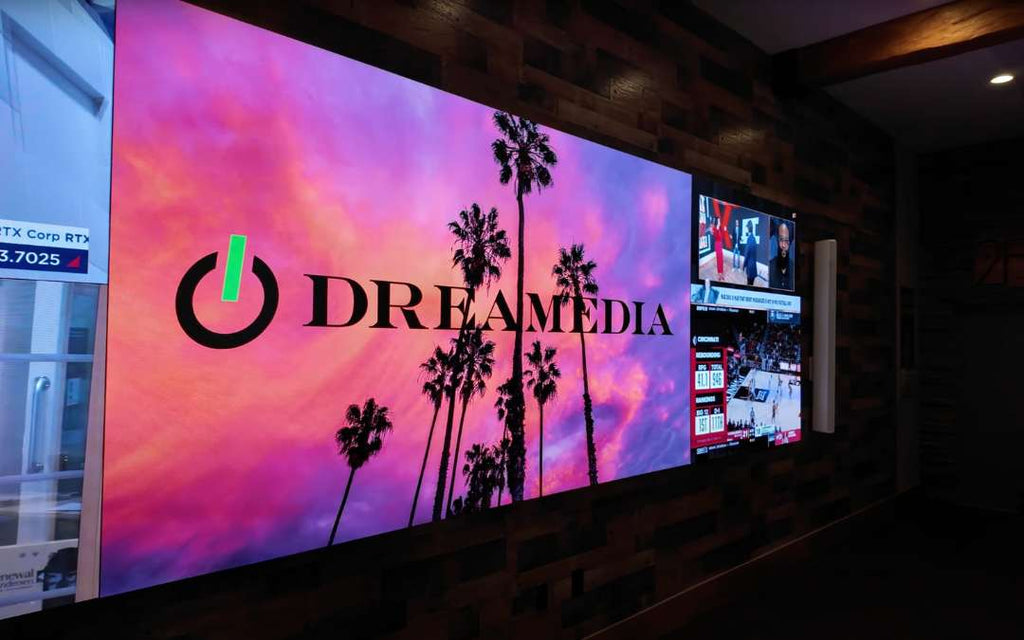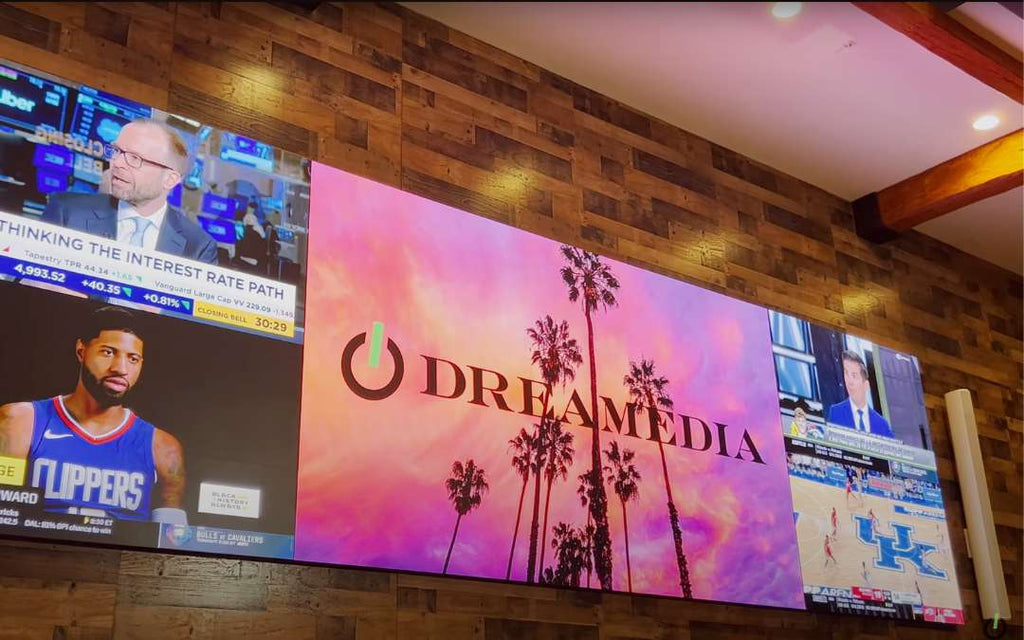
Welcome to another look into the fascinating world of MicroLED video walls. Today, we’re diving into some key features that make these systems not only groundbreaking but also practical from a consumer standpoint.
Join us as we unpack everything from energy consumption to the lifespan of these advanced technologies.

Understanding Energy Consumption and Lifespan
When we consider the adoption of new technology like MicroLED video walls, two common questions often arise: How much energy does it consume? And how long will it last?
Energy Consumption: Not a Bank Breaker
Contrary to what one might assume, MicroLED video walls are not as power-hungry as expected. While they do require more energy than a standard TV or projector, the actual cost might surprise you.
For instance, running a typical MicroLED video wall might only set you back about 22 cents per hour—comparable to household appliances like a clothes dryer. This makes it a viable option even if used extensively throughout the day.
Impressive Lifespan: Built to Last
On the durability front, MicroLED technology excels. Where traditional bulb-based projectors last around 5,000 hours, MicroLEDs boast a lifespan of up to 100,000 hours.
This means they can last for decades, even with heavy use, making them a smart long-term investment.

Practical Aspects of Video Walls
Setting up a MicroLED video wall involves more than just plugging in and switching on. It requires careful planning, especially regarding electrical needs and room design.
Installation and Setup: Planning is Key
Proper installation of a video wall system involves detailed planning around power requirements and room configuration. Depending on the wall’s size and technology, specific electrical setups are necessary.
It’s not just about adding an outlet; it’s about understanding the power needs and ensuring the infrastructure supports it.
Room Integration: More Than Just Tech
Besides the technical setup, the integration of a video wall into a room affects both functionality and comfort. For example, large video walls can generate significant heat, requiring adjustments in room ventilation or air conditioning to maintain comfort.

The Evolution of MicroLED Technology
MicroLED technology is not static; it continues to evolve and adapt. This adaptability allows users to upgrade components such as processors or even reconfigure the entire setup to suit changing needs.
Upgradeable and Flexible
One of the most exciting aspects of MicroLED walls is their modular nature. Users can start with what they can afford and upgrade as needed without replacing the entire system.
Whether it’s enhancing the processor to handle higher resolutions or adjusting the pixel pitch for sharper images, the system grows with your needs.
Conclusion: A Future-Proof Choice
MicroLED video walls represent a significant advancement in display technology, offering both high performance and adaptability. Whether you’re displaying art, watching sports, or transforming a wall into a dynamic view, these systems provide a powerful and efficient solution that’s built to last.
They are not just for tech enthusiasts but for anyone looking to enhance their media consumption experience with cutting-edge technology. MicroLED technology promises to deliver an unmatched viewing experience while being a cost-effective and durable option for everyday entertainment and beyond.
If you’re considering upgrading your media space or just curious about the latest in home theater innovations, don’t hesitate to reach out. Schedule a personalized consultation with our experts today and explore the transformative potential of MicroLED video walls for your space.












